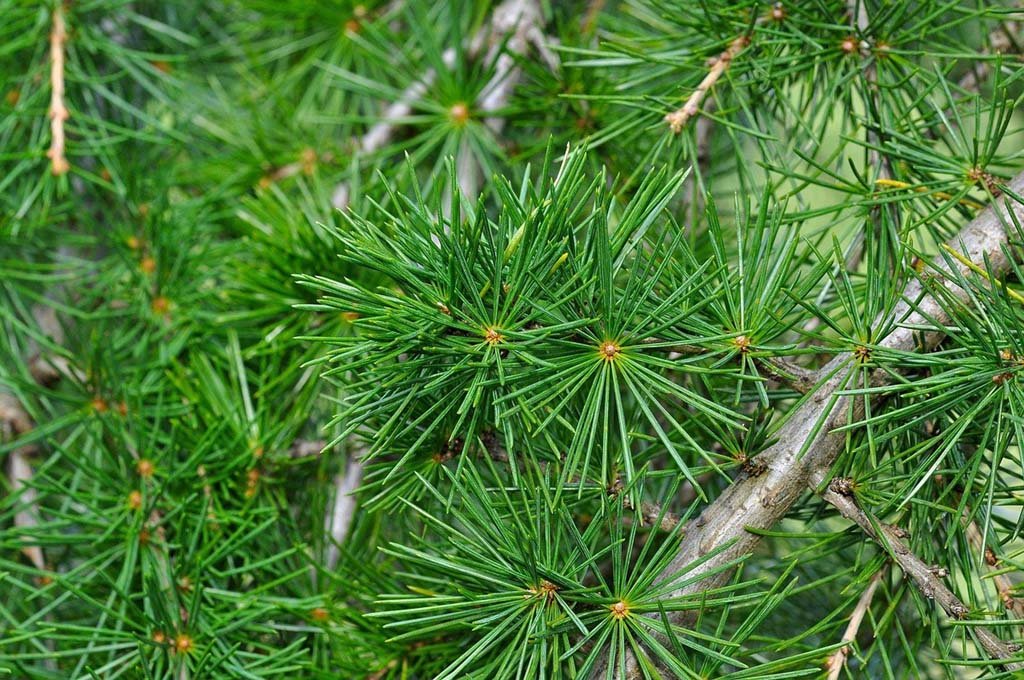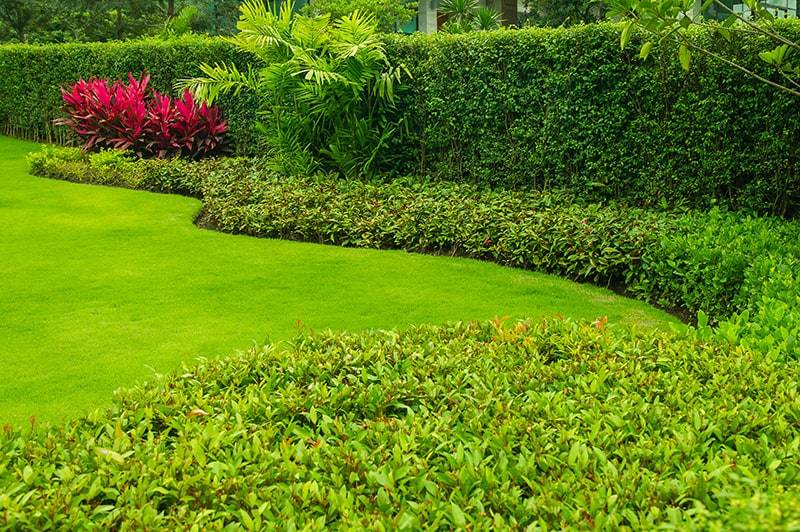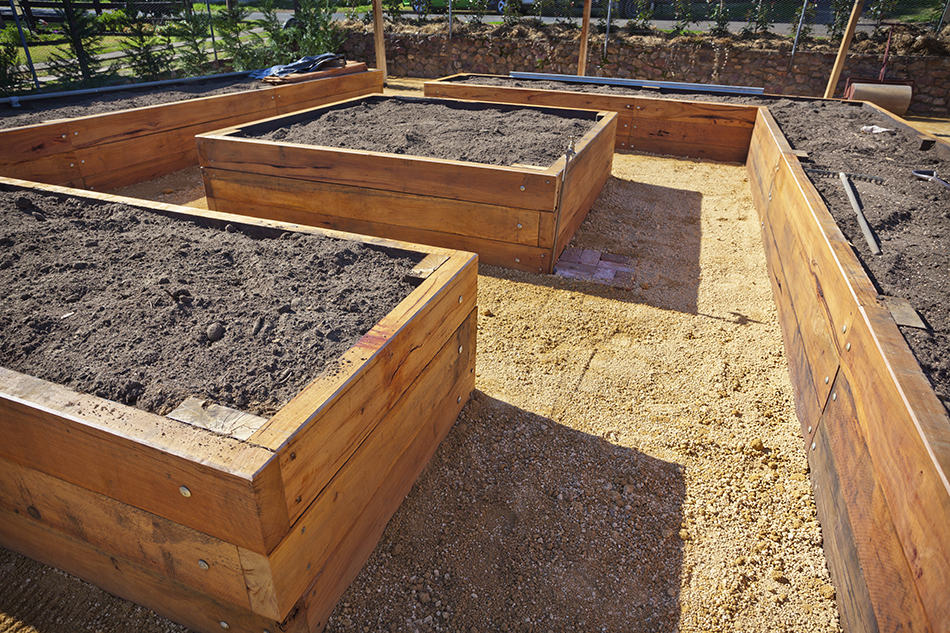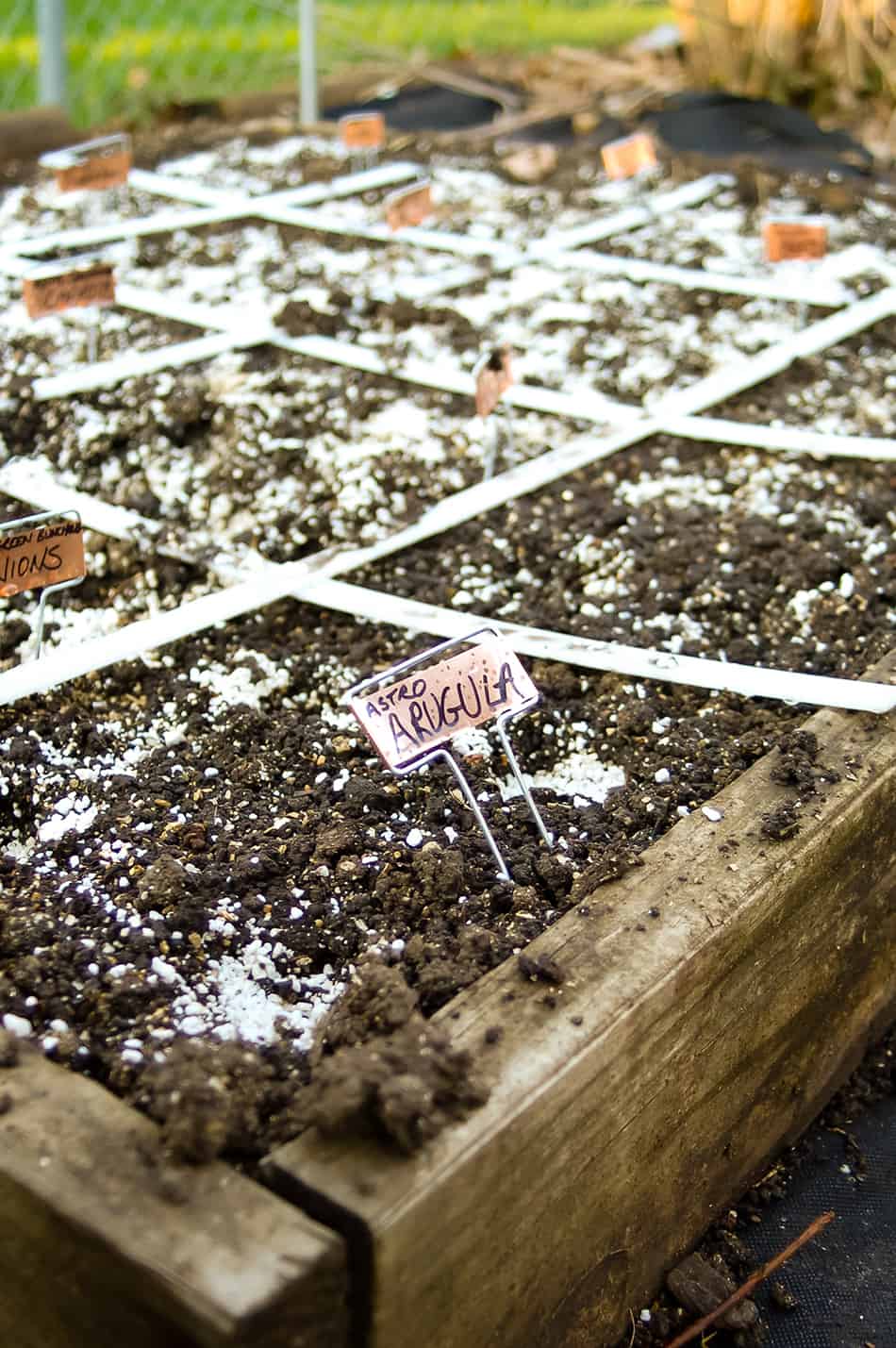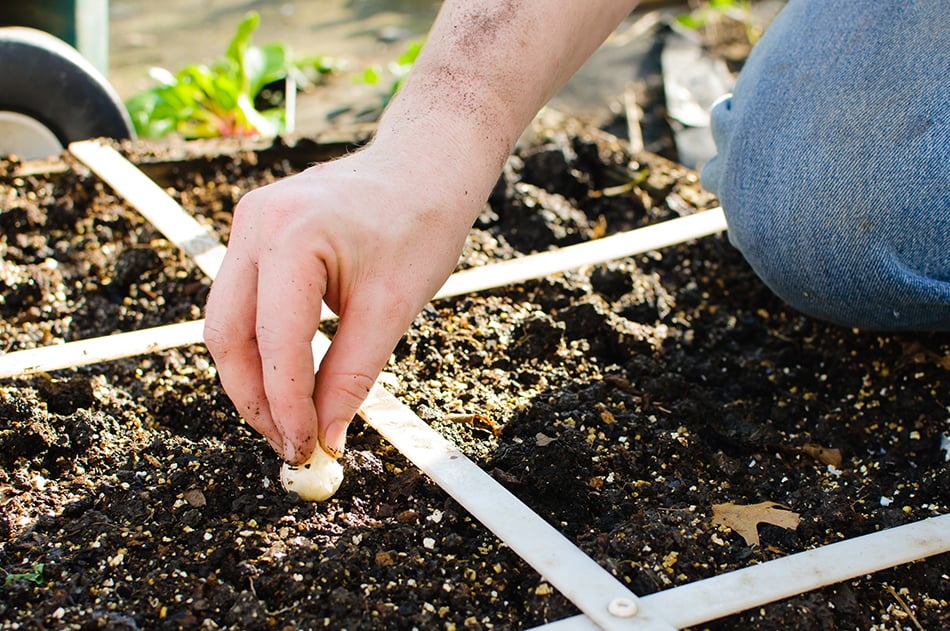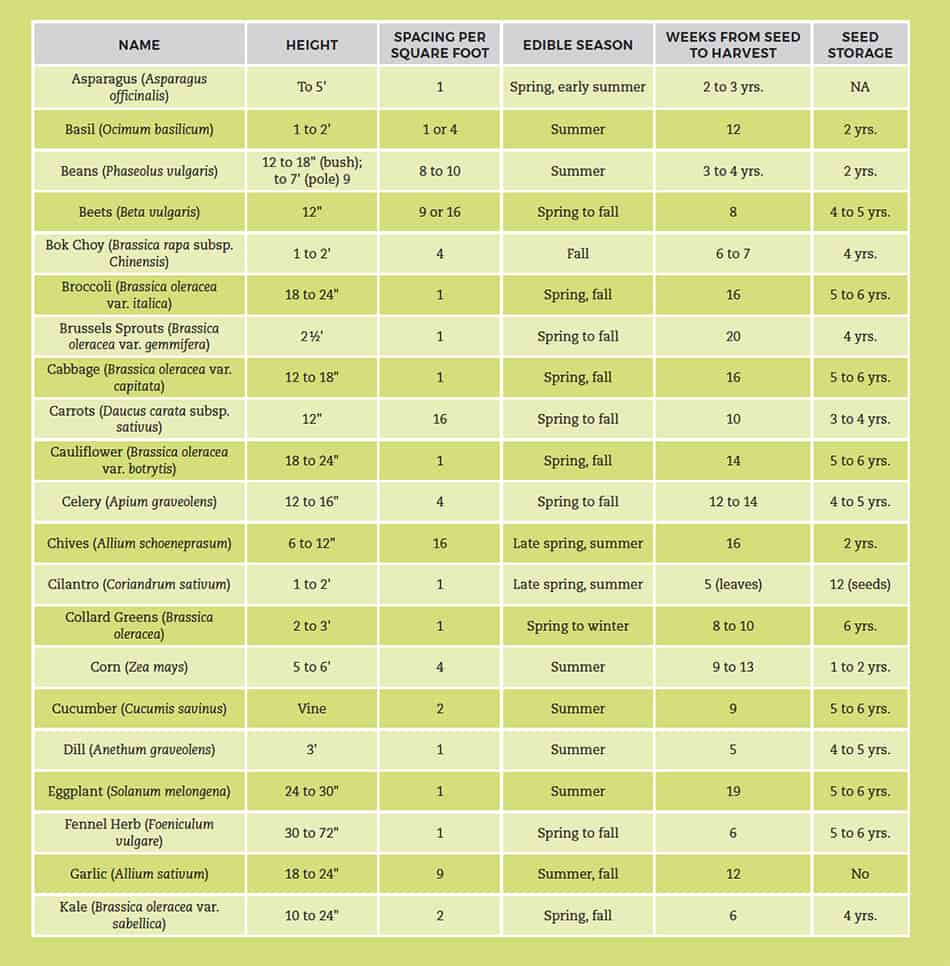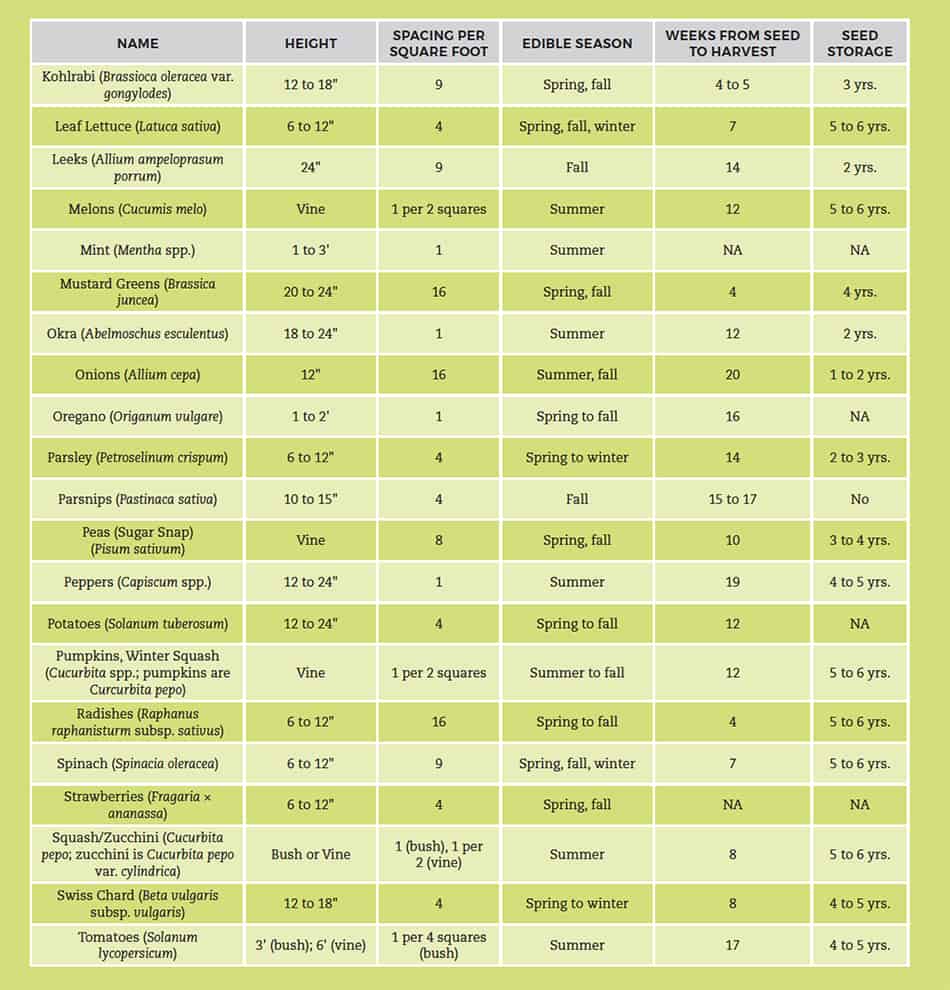There are many types of worms, but those that we commonly encounter in our... Read More
- Gardening >
- Square Foot Gardening – A Beginner’s Guide
Square Foot Gardening – A Beginner’s Guide
Related Content
-
Different Types of Earthworms with Pictures & Facts
-
All about Spider Mites and How to Get Rid of Them
Home growers and gardeners tend to be quick to learn one of the most uncom... Read More
-
8 Best Bedroom Plants That Purify The Air & Improve Your Sleep Quality
If you’ve been thinking of adding some plants to your sleeping quarters, t... Read More
-
How to Use Bone Meal Fertilizer in Your Garden
When it comes to gardening, your plants are only as healthy as the ground ... Read More
Explore Our Categories
Urban gardening and homegrown vegetables are experiencing a renaissance. The reasons are many – concern about chemicals in commercially grown veggies, economic instability, love for high-quality fresh produce, or gardening for the sake of finding inner peace.
Whatever may their reasons be, many urban gardeners across the have a common problem – the lack of space. As land becomes more expensive and our towns become more crowded, the plots available to grow a meaningful amount of plants in a traditional way are getting scarcer. Some people simply don’t have access to a green area. Others may live under rent and are not allowed to dig the lawn. Another common issue is having soil that is poor or polluted.
However, there is an excellent solution to all of these issues – so simple and yet ingenious.
Let me introduce you to square foot gardening.
What is square foot gardening?
Square foot gardening (SFG) is a specific raised bed gardening method. It was developed in the 80s by a now-retired engineer called Mel Bartholomew. The first edition of his first book on SFG remains one of the best-selling gardening books of all time in the US; it has sold over a million copies.
Mel saw typical row-based vegetable growing as wasteful in terms of space, as well as the time needed for weeding. Instead, he opted for a compact method – a square raised bed base divided into 16 smaller squares, each taking up a square foot.
That way, the desirable plants are densely packed, yet the ordered grid structure prevents overcrowding. SFG allows easy, no-till, no-trampling, and seed-saving gardening.
It is best suited for gardeners with limited space, those who want to have a garden with the most valuable crops right next to their homes, or those who don’t have ambitions when it comes to quantity of crops but want a care-free garden setup.
Don’t let that last sentence fool you – SFG gardens can be extremely productive in comparison to the surface they occupy.
Mel Bartholomew continues his work through his Square Foot Gardening Foundation, which helps people start SFG projects around the world.
Pros And Cons of Square Foot Gardening
Although it really sounds ideal square foot gardening is not an absolutely perfect way to go for everyone. Like any gardening method, it has its strong points and its weak points. Let’s have an overview.
And you’ll see – by informing yourself on the pros and cons of SFG, you will learn a lot about the method itself.
Pros Of Square Foot Gardening
No trampling
This premise was pretty revolutionary when SFG started because up until then it was also unimaginable to do gardening work without trampling the soil at least a little bit. Besides muddy boots, a much bigger problem is that by frequent trampling you compact the soil, thereby compromising its quality, drainage, and the health of the plant’s root zone. Raised bed gardening such as SFG allows you to keep the soil porous, airy, and healthy. No tilling required.
Organizing.
If you are the type that doesn’t enjoy planning from scratch, that easily gets lost when planning a garden, and subsequently when looking at what is growing where on your plot of land, SFG is good news. It will give you a simple structure to help you organize – which is also ideal for beginner gardeners.
Quick Start
SFG is an incredibly elegant method, thus offering you the possibility to start your garden very quickly. That is another aspect that makes it really beginner-friendly. Also, since you can plan put it anywhere, it doesn’t require almost any terrain modification and ground preparation, which also speeds things up. Depending on how proficient you are with installing raised beds, you could have a complete garden ready for planting in just a few hours.
No Paths Required
With standard gardens, creating garden paths also requires planning and maintenance. By installing square foot gardens, there is no need to plan for them and lose time with them.
Disability Friendly
If you have mobility issues, you can have somebody make the raised bed for you, and from then on maintenance is easy enough that you can continue tending your garden on your own. If you are mobile but have back issues, the height of the square foot garden will make your gardening time much more painless.
Time Saving
SFG’s small size, neat crop order, no need for tilling, and likely good plant health makes your garden chore list minimal. It will mostly come to planting, watering, checking for insect infestations or diseases, and harvest. If you use a soilless substrate to fill the bed, there will be no introduction of weeds, there will be almost no need for weeding, at least during the first year (in subsequent years, airborne seeds will find a way into your garden bed anyway).
Space Saving
Limited space is a problem for many modern gardeners, especially in cities. You can put up a square foot garden anywhere and a top of any terrain, even on a concrete surface.
Seed Saving
Unlike the classical approach when you plant a bunch of seed in rows and then remove all the unwanted ones, SFG uses a limited amount of seeds because of the grid approach – since each plant has its place in the grid, the number of seeds you will use is limited to the number of planting spots (times two or three seeds per hole). More details on that later. This is especially helpful if you are growing heirloom cultivars, which can have expensive seeds.
Rich yields
Planting at maximum density will ensure that your yields will be high, even from a small surface.
Cons Of Square Foot Gardening
Water requirements
High water requirements are not endemic to SFG only, but really to all raised bed gardens. The thing is that a limited, boxed-up amount of soil tends to dry out quicker than standard gardens. Also, it is harder to make it absorbent once it dries out. Daily watering in the highest temperatures in the summer, sometimes even two times per day, is a reality with all raised bed gardens, including SFG, which may be an issue in areas with limited water supply. You can save water by collecting rainwater, and by mulching your plants – two things which I recommend for any type of gardening. Also, you can install simple irrigation systems such as soaker hoses. However, this can be costly, which brings us to the next issue.
Cost
Unlike the patch of land which is free to use (in the case you own it), the initial cost of building a raised bed can be high, especially if you are buying the substrate. Providing that the soil you can get your hands on (for free) is of good quality, you can opt for that instead of using the soilless mix. Likewise, you can use secondhand or recycled materials for the bed itself to cut the costs further. Last but not least, we should not forget that growing your own veggies will save you some bucks – especially considering the market prices of organically-grown vegetables.
Limitations in terms of species
Square foot gardens are compact, which means that you won’t be able to grow any crop that comes to your mind (more on that in What Should You Plant in Square Foot Garden section).
Use of Non-Renewable Natural Resources
The original “Mel’s Mix” – the recommended soilless substrate – contains peat and vermiculite. Although these are natural and have great properties for gardening, they are non-renewable resources invasively extracted from the natural environment, which doesn’t make them very environmentally-friendly. Peat is extracted from natural northern bogs which are valuable habitats for many species, plus a significant carbon sink. Vermiculite (as well as the similar agroperlite) comes from a rock of volcanic origin and is extracted from open mines that scar the landscape. Peat can be substituted with more environmentally-friendly coconut coir. Vermiculite’s properties are harder to replace, but using a sand-gravel mix can do the trick.
Small depth
Mel Bartholomew’s updated book recommends 6-inch-deep beds, which is too shallow for most plants in the case their roots can’t extend into the soil below the raised bed. However, since the SFG methods trademark feature is not related to depth, but to the surface you can easily double on the raised bed depth – definitely do this if you are putting your SFG on concrete. If the soil is below and it is of good quality (not tainted with industrial chemicals or pesticides), you can put a degradable weed-blocking layer instead of the standard weed-block fabric underneath the bed. That way you will block the weeds while the bed is still at its beginning stages, and then allow your crops’ roots to reach the soil below as they mature.
Rules of Square Foot Gardening
Rules are the core of SFG and make it distinct from other raised bed methods. By following instructions on how to form a square foot garden, you will pick up on its rules.
How to set up a square foot garden
Setting up a square foot garden is elegant, easy, and… Well, square!
Determining a location for your raised bed
The location will depend on your available space, but also on the sun exposure the plants in your raised beds will need to receive. For example, putting lettuce in full, all-day sun might make it taste bitter. Also, be careful about the surface you choose for putting up a raised bed. Concrete is fine but may have some drainage issues.
When it comes to floor materials, the only no-no is wood because, in time, wooden floors will decay and cave in with too much moisture coming from above.
Installing a raised bed
Build or buy a simple 4×4 ft raised bed box out of the material. There are several materials and designs that you can use for the beds. Wooden boards are a classic and the one you will see is often used in SFG.
Filling the raised bed
The original recommended SFG standard soilless substrate consists of part-peat moss (these days often switched with less expensive and environmentally friendlier coconut coir), part compost, and part vermiculite. Of course, this is not set in stone and you can use any potting mix you like, as long as it provides nutrients, good drainage, and other fine properties.
Since buying the substrate for a 4-by-4 garden can be expensive, if your budget is tight, you could use standard soil. However, this way you might introduce diseases to your raised bed, and you will certainly introduce weeds. The weeds are nothing to be feared; however, handling them does require additional work. You could stop at least some weed development by mulching your crops.
The bottom line is that while according to SFG principles, it would be ideal to make or buy your soilless mix, as this will offer you the best control of nutrients, permeability, and weeds. However, if your budget is tight, you could still use your existing soil, providing that it is chemical-free.
Laying Out The Grid
The first three steps were typical of creating any raised bed. Now, here is the first step completely characteristic of SFG – laying out the grid.
These days, it is easy to buy a SFG grid online – usually made out of plastic (fiberglass). However, Bartholomew’s original approach, which I wholeheartedly support, is to make your own.
Get yourself some long and thin slats of wood (lath). Then all you have to do is to cross-hatch and fix them into squares, each measuring a square foot.
Then, the grid is fixed on top of your (wooden) planting bed. Each foot-by-foot field makes for one planting area, which you will divide further into squares by following the same principle.
Planting the seeds
How much will you divide one planting area depends on how many plants you can fit in there. Different kinds of plants require varying amounts of space for growth, so Square Foot Gardening offers an algorithm for planting the most common types of vegetables. We’ll dive into it in the next chapter.
In general, a small amount of seeds – two to four – is put into each planting hole. When the seedlings start to develop, the standard SFG practice is to keep only the strongest and healthiest looking one in each planting spot and remove the others. Then care, water, fertilize, and enjoy watching those best ones grow.
Although planting from seeds is the best way to get healthy, well-adjusted, and high-yield plants, if you are impatient you can also purchase planting-ready seedlings/young potted plants and re-pot them into your garden. However, transplanting comes with a slight but nevertheless increased risk to introduce fungal or bacterial diseases into your brand new garden.
What should you plant in a Square Foot Garden?
You can plant a great variety of seasonal vegetables and flowers into your square foot garden. The limitations of the method will probably not put off any gardeners, but still, it is important to acknowledge they exist.
Let’s look at what plants are not suitable for a square foot garden (and most raised beds).
- Perennial vegetables
- Globe artichokes
- Rhubarb
- Asparagus
- Larger vegetables
- Mellons
- Watermelons
- Winter squash
- Main-crop potatoes
- Trees and bushes
Of course, that doesn’t mean that you can’t plant these – details on planting them are included in the SFG book. It simply means that they are not ideal, and can cause you some organizational issues along the way. If you are a beginner, skip these at least during the first year.
How To Plant a Square Foot Garden – What, How Much, and When?
The number of plants you will plant per square of your square foot garden depends on the species. As I mentioned earlier, Mel has made this easy by recommending in advance how much of what type of plant can you grow in one square.
Be warned. The numbers on how many plants per square can you plant in a square foot garden will vary from source to source. This may be due to updates in the newer editions of the SFG book.
I suggest we stick to the original. Square Foot Gardening Foundation has created an excellent “cheat sheet” that will give you all details about planting a particular vegetable – the number of plants per square, when to plant, and how many weeks will pass till harvest. Just super useful.
Source: SquareFootGardening.org
Companion plants & Rotating plants
You may have heard about companion planting and crop rotation. These techniques come from regenerative/organic agriculture, so they are not unique to square foot gardening. However, they deserve a special mention since they come especially useful in raised bed gardening, including SFG.
What is Companion Planting?
Companion planting is a method where you group certain plant species together in order to increase resistance to pests, vigor, and even the taste of your plants. Mel Batholomew says that “Companion planting is a mix of fact and folklore”, although it is worth noting that some positive interactions between companion plants have been proven through scientific studies.
In a square foot garden, all the plants are naturally “neighbors” and “companions” because of the fact that squares are so close together.
As pest-repellent companions, Mel recommends the following plants
- Onions
- Garlic
- Marigolds
- Nasturtiums
- Chives (not ideal for raised bed because it spreads, but can be planted near the bed)
Out of these, marigolds (Tagetes sp.) have been the most well-studied companion flowers, known to deter harmful insects, nematodes, and on the other hand, attract pollinators.
Speaking of, actively attracting pollinators will do wonders for increasing your yield. This especially goes for plants such as cucumbers, which don’t have scented attractive flowers but still require pollination. That is why plants that attract pollinators are also good for companion planting.
Mel recommends to accommodate the following plants in your square foot garden bed, or plant next to it:
- Asters
- Alyssum
- Cosmos
- Rosemary
- Sage
- Thyme
- Zinnias
I would also like to add lavender, and mention that lavender, rosemary, and sage are perennial bushy plants, and therefore better suited for planting right next to the square foot garden than in the bed itself.
What is Crop Rotation?
Simply put, crop rotation means not planting the same types of plants in the same spot over and over again. That way you avoid the highly adapted pests and pathogens to establish themselves and attack your plants year after year.
If, say, your tomato has caught a bad case of blight in last year, by planting something that blight cannot attack and feed on – for example, onions or garlic – you essentially starve the pathogen out of existence.
The alternative approach to Square Foot Gardening
The rules are made to be broken, right?
Some experienced gardeners have kept the essence of Mel Bartholomew’s technique, but have bent the basic rules to adjust them to their own needs. The approach could be called Square Foot Gardening, Revised, and it has many iterations. However, most of the approaches keep the standard 4 feet depth of the bed.
Here is a shortlist of the details that are most often changed by different gardeners. It is useful to know about them, if for nothing else, then in order not to get confused when you come across them in other SFG articles.
No Mel’s Soilless mix. Some gardeners will opt out of using Mel’s trademark SFG mix – part peat, part vermiculite, part compost. While some of them might do it because of the cost of the mix, others may find it too unsustainable, as previously discussed. Regular soil, amended with compost and possibly other local and sustainable additions is used instead.
No raised bed – just a bed
Some gardeners do not build a raised bed, but simply divide a garden plot according to Mel’s measurements. That way they save money, time, and material. Also, it is likely that the garden will need less watering and the roots will have enough space to spread. However, many advantages of SFG are lost – the weed-free substrate, the ability to form a garden on almost any service, back pain-friendly height.
No square form
As we learned earlier, the original SFG bed form is a 4×4 ft. square. However, width matters more than length – since it is the comfortable width that allows most of us to reach into the middle of the bed without having to trample the soil (or fall over onto our noses). That is why length can be optional. Many modern SFG gardeners create one longer beds instead of two or three square ones, thereby saving some material.
No Grid
Some claim that the physical SFG grid is essentially excessive, “more work than it’s worth”, and may even bother you while planting. Just measuring and temporarily marking the squares while planting will produce the same result as if you had a grid, basically.
Conclusion
As simple and common sense as it may sound today, square foot gardening was really revolutionary back in the day. It brought new concepts like not having to trample the soil to work the garden, it popularized raised bed gardening. Last but not least, it sought to empowered everyone to grow their own piece of food – and enjoy the process.
Today, with its straightforwardness and minimalism, SFG still offers many valuable lessons for gardening hobbyists, and especially the beginners.
